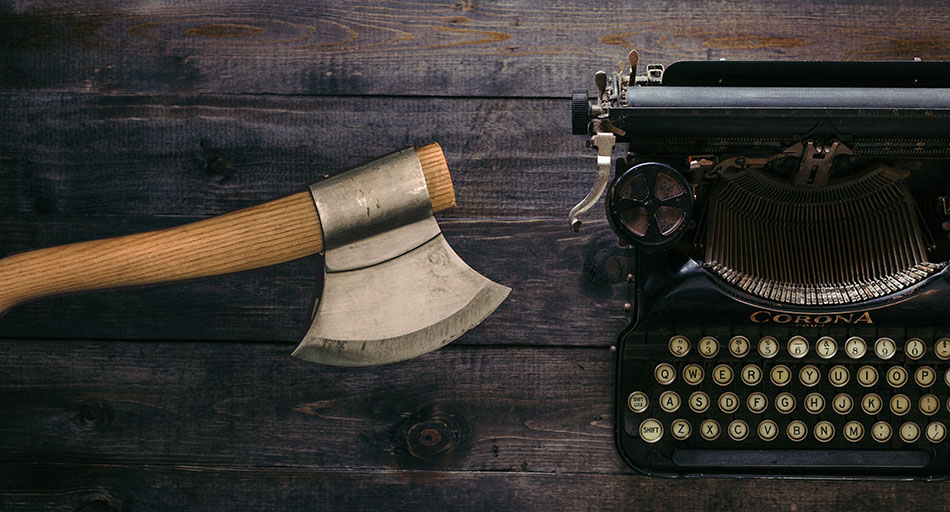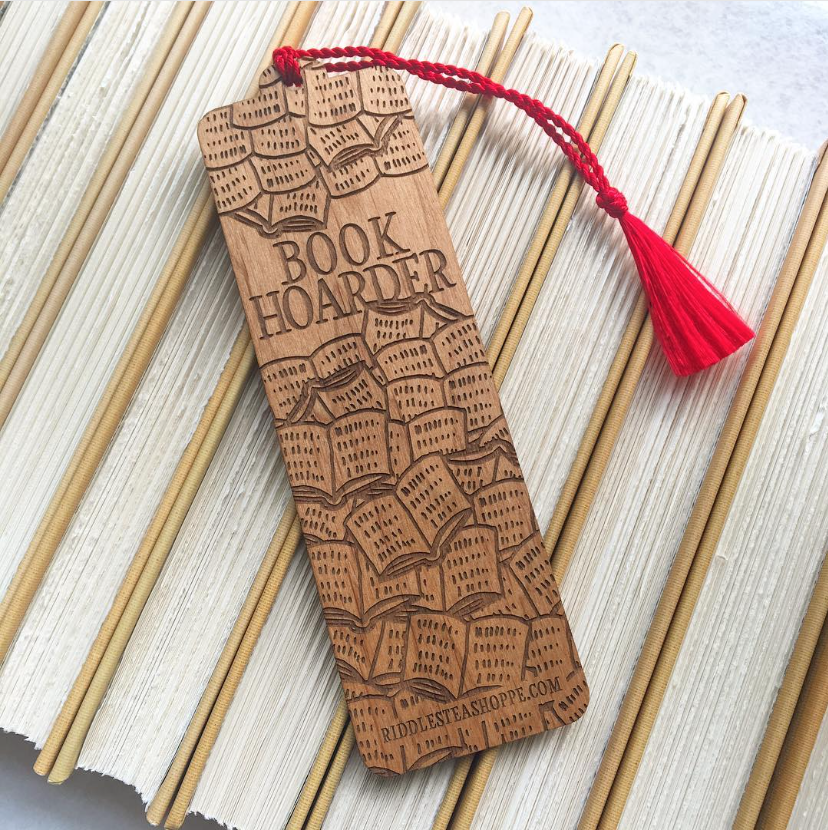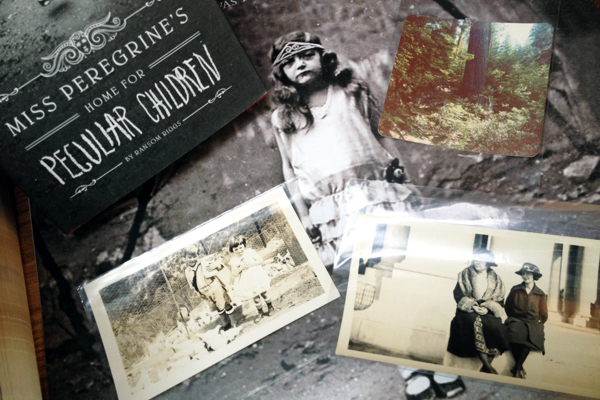Food Photography 101: How To Make Your Food Photos Even Tastier
Taking photos of food is easy! Especially compared to photographing people. Food doesn’t talk back or move around. It just sits there looking delicious, waiting for you to find its best angle. Food never complains that you are making it look fat or ugly, and it never insists that you play death metal during the photo shoot.
Don’t let all those gorgeous shots in cookbooks and on the internet intimidate you! Here are some tips to making successful food photos, whether you’re cozy at home or out at a restaurant, street fair, luau, or anywhere with good food.
STUDY WHAT’S POPULAR NOW: Look at curated food photography in books & magazines and ask yourself why the images are successful. What makes these images different? Are they more successful than amateur photos? Why?
REMEMBER THESE THREE ELEMENTS: Chances are the success of the photos comes down to three things. Lighting, composition, and storytelling. Lets explore each of those.
1. Lighting: There are a lot of variables to successful lighting. Some of it is about storytelling. Lets say that you’re photographing one of the True Blood cookbooks (swoon). It’s night in the deep south and you want to convey that there might be vampires around. Dark, moody lighting with lots of shadows works for that. If instead, you really want the viewer to see all of the details of the food, natural daylight really works well. Try and show a full tonal range in these types of images. You want to be able to see the full range of tones in both the dark and light areas as well as the middle.
2. Composition: “Eyes and brains have worked the same way over generations … the environment changes but the principles of visual communication survive. History helps us understand these principles.” – Principles Before Style: Questions in Design History by Richard Hollis
There are many schools of thought regarding good design principles. It may sound fancy, but the Gestalt Principles of Graphic Design is really easy to understand and apply to food photography. Here’s a handy link.
Color theory goes hand and hand with design and helps you control the way the viewers eye moves across the page.
3. Storytelling: Every photo tells a story. What stories do you want to tell? About the time and place, about the perspective of the photographer?
PRACTICE PRACTICE PRACTICE: The way to master a skill is to practice it. Try and take at least one photo every day. It doesn’t even have to be about food.
USE SPRINKLES!: Also, my biggest, most important tip is to use lots of sprinkles. Sprinkles make food pretty! You will see that many of the best food photographs throughout history incorporate sprinkles in some way.




